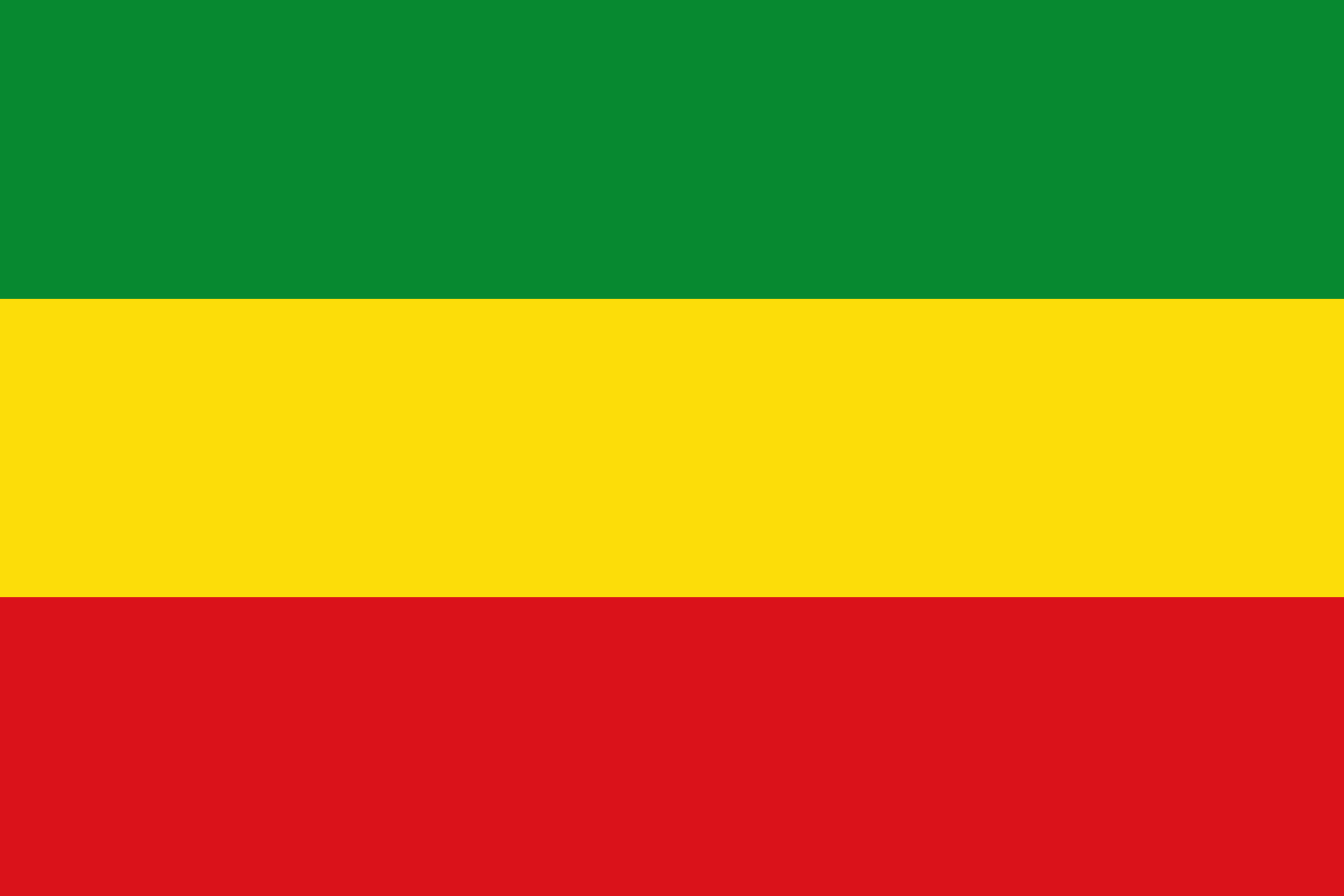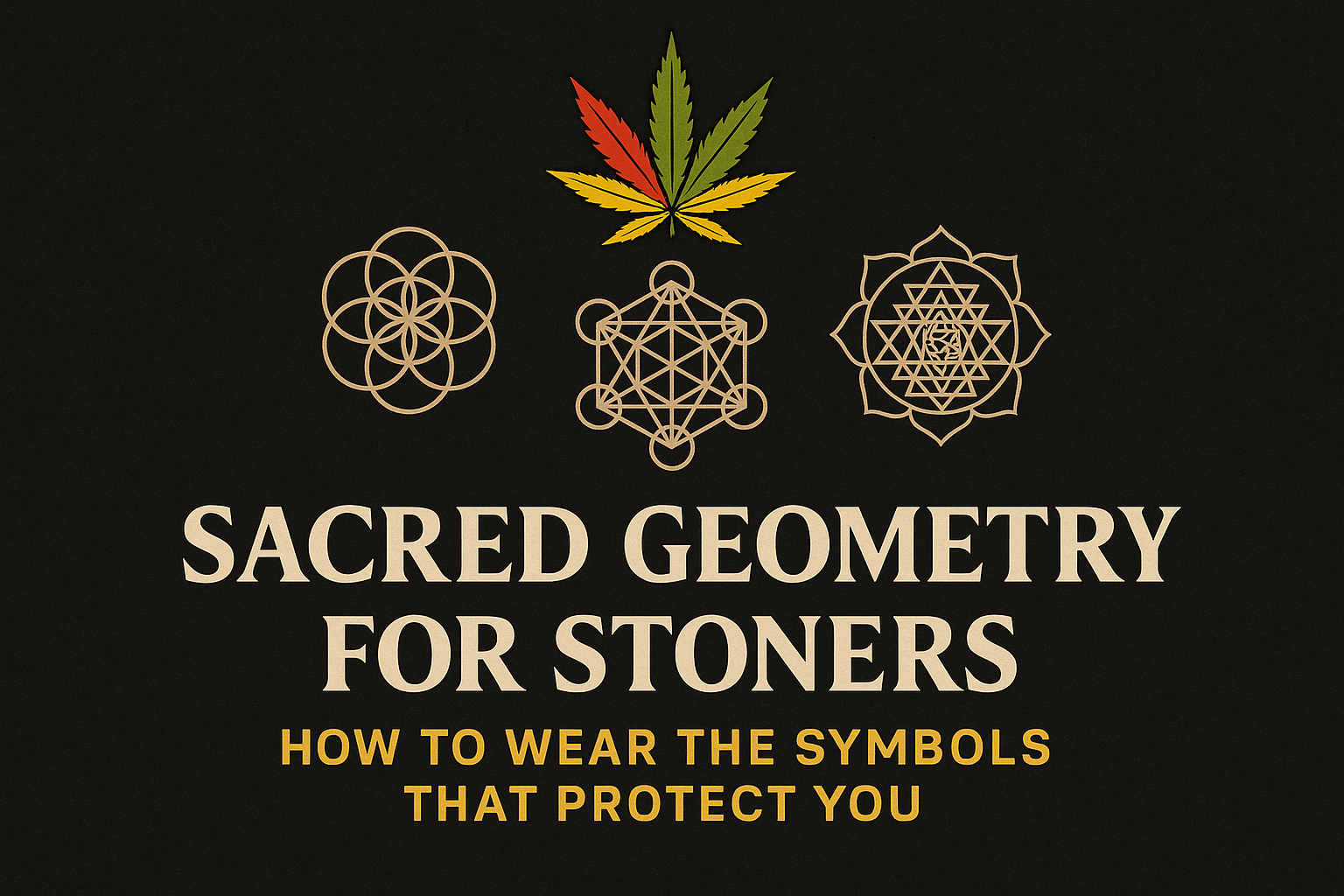Table of Contents
When it comes to reggae colors, green, yellow, and red are not just hues on a palette; they carry profound cultural and spiritual significance· In this blog post, we are going to talk about the rich history and symbolism behind these vibrant hues, exploring their meanings in Rastafarian movement and beyond.
The History of Reggae Colors
Reggae music, born in Jamaica in the late 1960s, swiftly became a potent form of cultural expression for the island nation· The reggae colors green, yellow, and red trace their roots deep into Jamaica’s history, stemming from the country’s colonial past· These hues are closely intertwined with the Rastafarian movement, a spiritual and social uprising that emerged in Jamaica during the 1930s·
The Meaning of Green, Yellow, and Red in Reggae
Green: In reggae, green symbolizes the verdant vegetation of Jamaica, embodying growth, harmony, and nature· It also embodies the Rastafarian concept of “Livity,” advocating for a harmonious coexistence with nature and endorsing a sustainable way of life.
Yellow: Yellow evokes the golden sun that bathes Jamaica in its warmth, representing positivity, energy, and enlightenment· Within reggae music, yellow often conveys feelings of joy, optimism, and a hopeful outlook for a brighter future.
Red: Deeply entrenched in Rastafarian beliefs, red symbolizes the blood shed by African martyrs and the enduring struggles of the African people against oppression and injustice· In reggae, red signifies strength, courage, and the relentless fight for freedom and equality·
The Influence of Reggae Colors in Fashion and Art
The vibrant triad of green, yellow, and red has exerted a profound influence on fashion and art inspired by reggae music. From the ubiquitous Haile Selassie t-shirts adorned with these colors, to the kaleidoscopic murals that adorn reggae concert venues, and Rastafarian hats popularized by Bob Marley, Rastafarian clothing with these hues have become synonymous with the reggae lifestyle and culture.
The Significance of Red, Gold, and Green in Rastafari
The Rastafarian movement adopted the colors of the Ethiopian Solomonic dynasty, as reflected in the official flag of Ethiopia These colors hold deep significance within Rastafarian ideology:
Red: Represents the blood of those who sacrificed for the African community throughout history·
Gold: Symbolizes the vast wealth and riches inherent to the African continent·
Green: Signifies the lushness and hope associated with the Earth, particularly the Promised Land of Ethiopia·
The correct order of these reggae colors in Rastafari is green at the top, gold in the middle, and red at the base, reflecting love, prosperity, and peace over the nation· This order was reversed during the reign of Emperor Haile Selassie I, symbolizing the prioritization of these values·
Conclusion: Embracing the Roots of Reggae and Rastafari
Understanding the significance of green, yellow, and red in reggae music and Rastafarian culture is to embark on a spiritual journey through Jamaica’s soulful heritage· These colors transcend mere aesthetics; they serve as potent symbols of resilience, spirituality, and the relentless pursuit of justice and equality.
In your exploration of reggae and Rastafari, delve into their histories, study the life of His Imperial Majesty Emperor Haile Selassie I and what he represented, as well as seeking wisdom in the various historical sources. Open your eyes to more resources than the Bible and free your mind. Check out the ancient scriptures including the Nag Hammadi. Let these vibrant hues guide you on a path of enlightenment and understanding, embracing the Orthodox Way of Life.
RasTafari Selah.
Be blessed.






Leave a comment
Your email address will not be published. Required fields are marked *